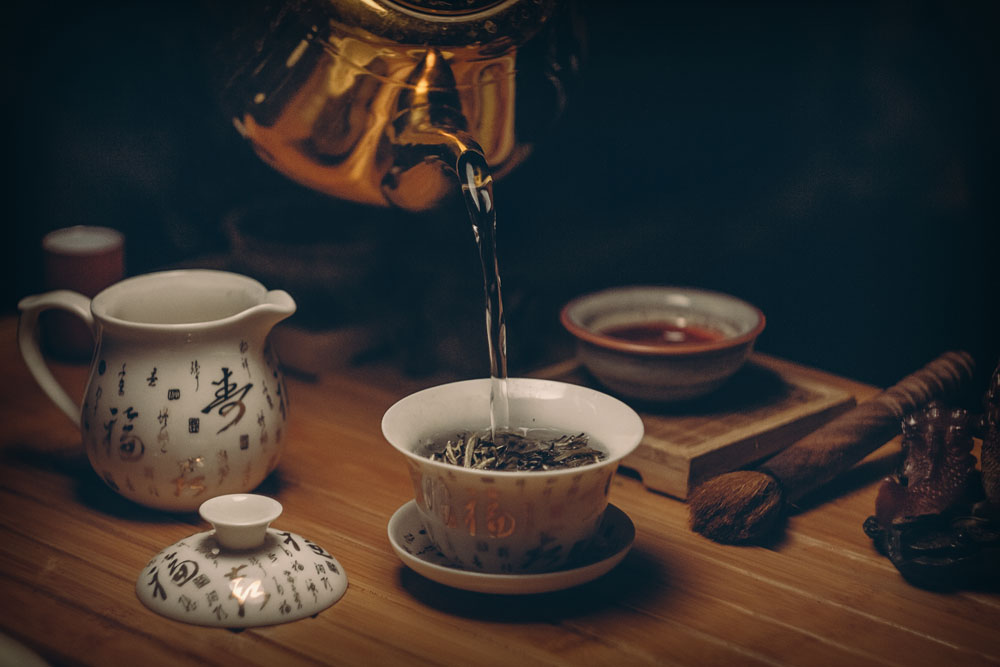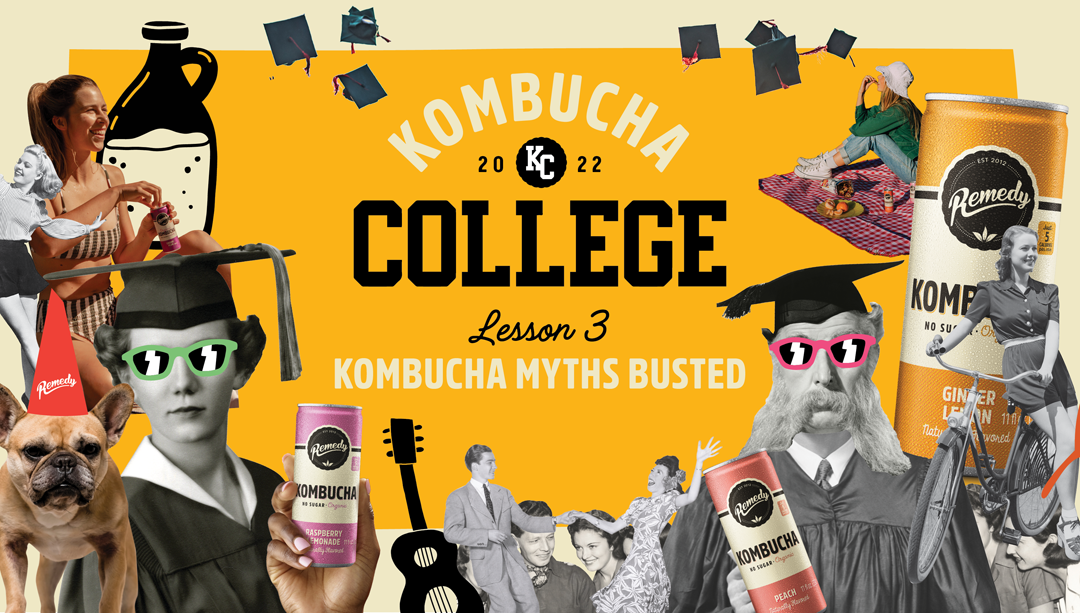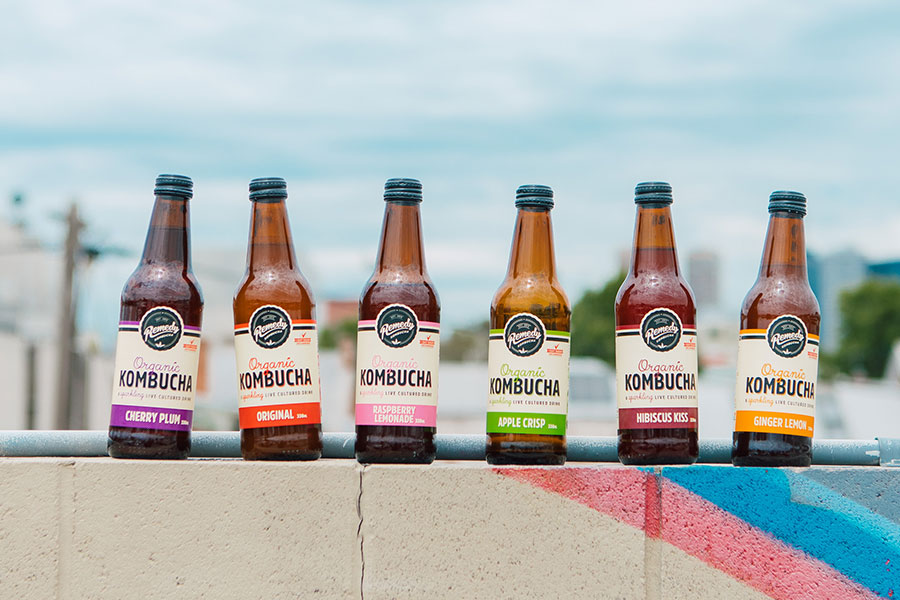Forget the fads. While some may have only taken notice of our tasty live-cultured drink when Remedy started popping up in your local grocer, supermarket, cafe or gym in the last few years, kombucha as a beverage has been around for a loooooong time. We’re not just talking pre-social media time when there was no way to snap a pic and show off your booch and acai bowl combo. We’re talking BC time, peoples. For REAL old school.
So where did it all start? What’s the story? Where does kombucha come from? Well, here’s the thing with those old pre-technology, pre-globalisation days. No one really knows. But there are a few theories that make sense.
Throughout its long and illustrious history, the mighty booch has also been known by some other ripper names, including: Olinka, Tschambucco, Kwassan, Champagne of Life, Kambotscha, Koucha kinoko, Manchurian Mushroom, Mo-Gu, Mother of Vinegar, Mushroom of Charity, Russian Jelly-fish, The Divine Tsche and Mushroom Tea… to name just a few.
Most people believe kombucha originated in China during the Qin Dynasty around 220BC for the Emperor Qinshi Huangdi, which is where the “cha” in the name comes from. As you may know, chá is the Chinese word for tea (yum cha, anyone?). In ancient China, kombucha was called “The Tea of Immortality”. Bold name, huh? Other Chinese names kombucha has been known by include “Sea Treasure”, “Stomach Treasure” (yes, really) and “Sea Mushroom”. Today in China, it goes by the names hongchajun, hongchagu or chameijun.
Believe it or not, the “Kombu” part of the name has nothing to do with kombis and hippies in the 60s who loved kombucha. Instead, the story that makes way more sense is that a Dr. Kombu from Korea introduced the drink to the Japanese Emperor Inyoko in 414 AD. If you’re ever travelling and after a booch fix, don’t confuse it with “Seaweed Tea” which is called kombucha in Japan! The Japanese instead call it “k?cha kinoko”, which means “red tea mushroom”.
Legend has it that Samurai warriors of ancient Japan carried it as an energy boost for battle. It’s even been suggested that the mighty Genghis Khan and his armies were big on the booch.
Thanks to the infamous Silk Road, kombucha soon made its way to Europe, in particular Russia, where it was all the rage. In Russian, a SCOBY is called ?ajnyj grib, which means “tea mushroom” and he drink itself is known as “grib” or “tea kvass”.
During World War II, tea and sugar – two important ingredients for kombucha – were rationed in Russia. As a result, the practice was lost in many homes but luckily enough preserved the tradition for it to flourish again in post-war Europe.
The drink soon made its way around the world, growing in particular popularity in the USA and now Australia.
Speaking of travelling the world, every batch of our Remedy Kombucha that you enjoy today is a direct descendant from a live kombucha culture (aka SCOBY) brought to Australia from Germany by travellers more than 40 years ago!
Big props to our mates at Kombucha Kamp, an amazing resource and authority on all things kombucha, for much of the wisdom shared here.



